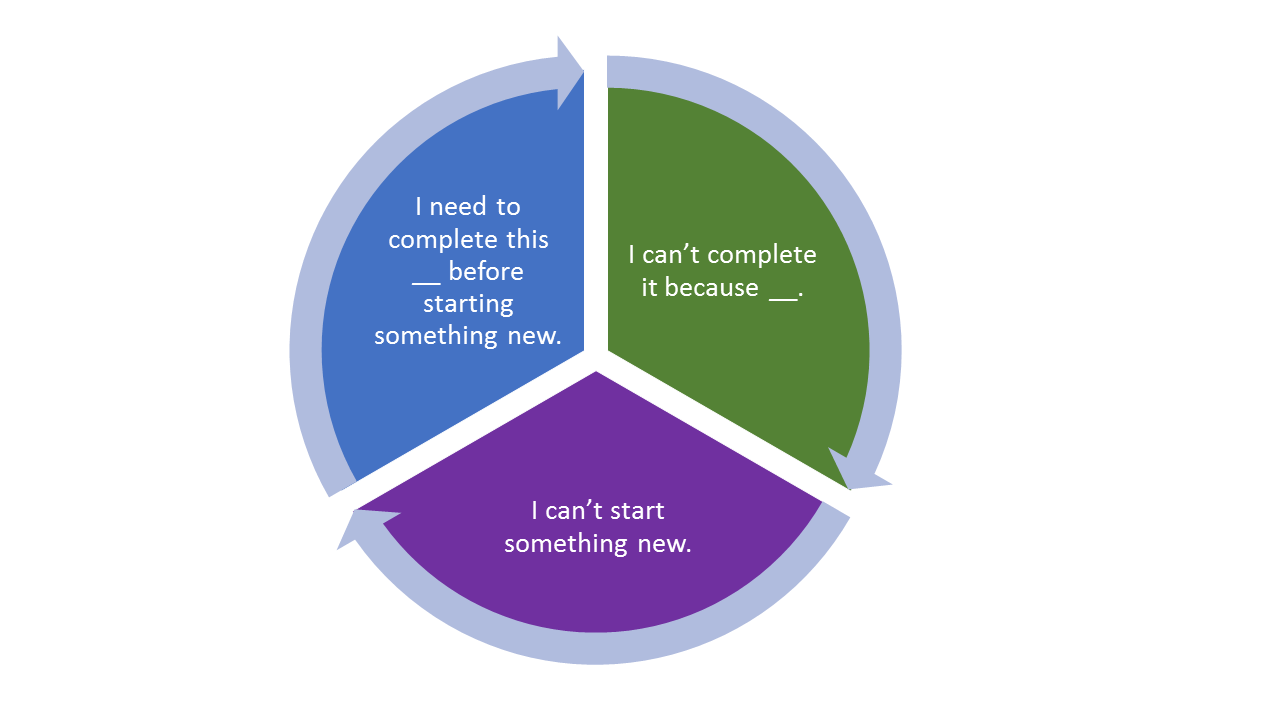Share Your Research: Blog and/or Social Media
By Janet Salmons, Ph.D. Manager, Sage Research Methods Community
Dr. Salmons is the author of Doing Qualitative Research Online, and Gather Your Data Online. Use the code COMMUNIT24 for 25% off through December 31, 2024 if you purchase research books from Sage.She is co-author of Publishing Your Doctoral Research, where you can find a chapter about blogs.
“Blogging is quite simply, one of the most important things that an academic should be doing right now” (Dunleavy & Gibson, 2012).
How can researchers engage online with colleagues and readers? With that question in mind, I began to explore the potential for blogs to recruit and inform participants. To walk the talk, I’ve blogged about different types of blogs in the academic world. I’m revisiting the research I did a few years ago and this updating a previous post. This is part one of a multi-part exploration of academic and research-focused blogs.
Blogs and/or Social Media?
Blogs play an important part in the publishing cycle and online ecosystem. Today’s researchers, scholars, and students are finding many valuable ways to use blogs. It is not a matter of either/or: we need to find ways these different communication options fit with our larger career and research goals. Before going any further with this discussion, it’s important to define blogs and to distinguish between blogs and social media. Blogs, short for weblogs are online journal pages where entries are typically posted chronologically. Blogs can be text only or embed or link to images or media. Some are public and others are only seen by subscribers or friend lists.
Bloggers can choose from a number of free or paid platforms where they can devise their own templates, adapt or use available templates. Popular platforms include WordPress, Blogger and Squarespace. The platforms are simply hosts, and do not influence content unless there is a legal or other violation. Blogs are very flexible and users can create a wide variety of formats and styles of presentation. Some are very basic with simple narrative posts and others are complex with design features that include text and media in static pages and time-sensitive posts. Bloggers use comment features to invite feedback or to interact with readers. Bloggers may choose to generate revenue with advertising and other promotions. Bloggers are not limited by proscribed lengths, styles, features or page designs. This flexibility stands in contrast to posts made to social networking sites.
Social media sites are typically run as commercial platforms by large companies. These companies have determined ways to make a profit from user-generated material and are thus invested in allowing certain kinds of posts. Brands are built on the sites’ graphic design and features. Users of sites like Facebook can be surprised to login and find that their pages’ format has changed. For example, in 2018 users of Twitter accustomed to the 140 character limitation were surprised to see the limit expanded to 280 characters. Users on some social media sites have no control over advertising that appears on their walls, as well as links to other content the company has decided is of interest to users who fit a certain profile.
When social media initially offered places to easily find and engage with others, blogs and email lists were regarded as outdated. However, with increased publicity of privacy issues and ethical dilemmas, these earlier ways of sharing and networking online are gaining new attention. Hybrid forms are starting to appear. One is what I’d call the e-mail blog newsletter, where posts, short articles or essays are delivered to subscribers via email. Substack is one platform writers can use to create a free or paid newsletter. Another form is the blogging community. As with social media, readers can comment, share, “like” and follow writers.
Compare and Contrast Features
Social Media
Widely used, with presence of academic institutions, publishers, associations, as well as users.
Format options determined by commercial owner of site.
Features and design options determined by commercial owner of site.
Advertising determined by the commercial site, and the site collects the revenue.
Commercial owner of site uses data analytics to select content and links aligned with visitors’ interests.
Blogs
Flexible formats and options for presenting narrative material of any length, attachments for download, graphics, photographs and/or media.
Communication features determined by blogger, using free, open access plug-ins and software or professionally designed templates.
Advertising determined by the blogger, who collects the revenue.
The blogger chooses what content to promote and what links to share.
Social media and blogs are typically interconnected.
Bloggers often use social media in order to network and build an audience. They create posts that fit within the constraints of the social networking sites, but link back to the blog where they have the freedom to present information in the way they prefer. Bloggers can use social networking to interact with others and use their blogs to present more substantial writings, and other expressions such as graphics and media. Academic bloggers use social media to link to blog posts about their research interests and experiences, as well as to their scholarly publications and books. As Dunleavy points out, researchers can create blog posts from their scholarly articles. The important point here is that by knowing the strengths and weaknesses of each type of site, we can make better choices about which best meets your specific academic purposes. How does your ecosystem work?
Want to learn more about academic blogging? Check out these open-access articles and posts!
How to write a blogpost from your journal article in eleven easy steps. by Patrick Dunleavy
How to Write for an Academic Blog by Anthony Salamone
Elega, A. A., Özad, B. E., Oloyede, F., Omisore, O. T., & Abu Arqoub, O. (2020). Has Blog Reader–Focused Research Evolved? SAGE Open. https://doi.org/10.1177/2158244020968786
Greenhow, C., Gleason, B., & Staudt Willet, K. B. (2019). Social scholarship revisited: Changing scholarly practices in the age of social media. British Journal of Educational Technology, 50. doi:10.1111/bjet.12772
Hendriks, B., & Reinhart, M. (2020). Science Blogs as Critique -- Building Public Identities in the Field of Translational Research. Science & Technology Studies, 33(3), 19-38. doi:10.23987/sts.75153
h, R., Anthony, B., Hitchcock, L., & Sage, M. (2020). Why have a peer-reviewed blog in social work? Social Work with Digital Technology. doi:10.21428/900c7f10.f59cb99e
Zou, H., & Hyland, K. (2019). Reworking research: Interactions in academic articles and blogs. Discourse Studies, 21(6), 713–733. https://doi.org/10.1177/1461445619866983










Looking back at 2023, find all posts here!
We explored stages of a research project, from concept to publication. In each quarter we focused on one part of the process. In this recap for the year you will find original guest posts, interviews, curated collections of open-access resources, recordings from webinars or roundtable discussions, and instructional resources.